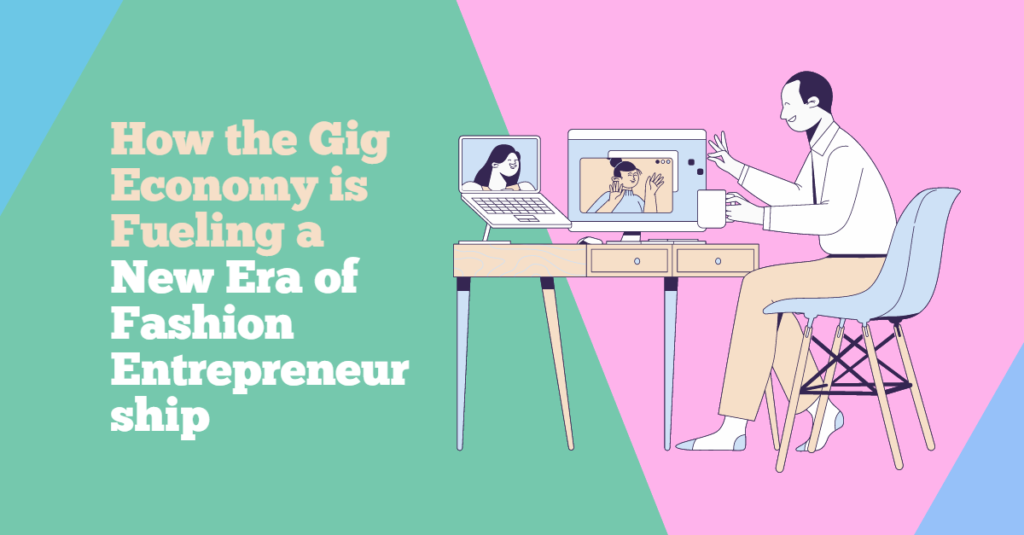Maximize Your Fashion Business Profits with These Low-Commission Marketplaces!
If you’re running a fashion business, you know that there’s more to it than just creating stylish clothing. One of the biggest challenges you face is finding ways to maximize your profits. Luckily, there are low-commission marketplaces available that can help you do just that. In this article, we’ll take a look at some of the best options available to help you grow your fashion business and increase your bottom line.
What are Low-Commission Marketplaces?
Low-commission marketplaces are online platforms that allow sellers to list their products and sell them directly to customers. Unlike traditional marketplaces like Amazon or Etsy, low-commission marketplaces charge lower fees, which can help sellers increase their profits.
One of the key benefits of these marketplaces is that they provide access to a large customer base without the need for a physical storefront. This is especially important for small businesses that may not have the resources to open a brick-and-mortar store.
Another advantage is that they typically offer a range of tools and features that can help sellers grow their business. This includes things like marketing tools, analytics, and inventory management tools.
Now, let’s take a look at some of the best low-commission marketplaces for fashion businesses.
Poshmark is a social marketplace that allows users to buy and sell fashion items. It’s a popular platform for selling used clothing, but it’s also a great place to sell new items.
One of the key benefits of Poshmark is that it has a large and engaged user base. This means that you have a greater chance of finding buyers for your products. Another advantage is that Poshmark provides a range of tools and features to help you grow your business, including a shipping label service, marketing tools, and analytics.
Poshmark charges a flat commission rate of 20% on sales over $15. For sales under $15, they charge a flat fee of $2.95.
Depop is a mobile marketplace that specializes in fashion and streetwear. It’s a popular platform for independent designers and vintage sellers.
One of the unique features of Depop is its social aspect. Users can follow each other and like and comment on listings. This creates a sense of community and can help sellers build a loyal customer base.
Depop charges a commission rate of 10% on all sales, plus a PayPal fee of 2.9% + $0.30 per transaction.
Mercari is a mobile marketplace that allows users to buy and sell a wide range of items, including fashion. It’s a popular platform for selling used clothing, but it’s also a great place to sell new items.
One of the key benefits of Mercari is that it offers a range of tools and features to help sellers grow their business. This includes things like marketing tools, analytics, and inventory management tools.
Mercari charges a commission rate of 10% on all sales, plus a PayPal fee of 2.9% + $0.30 per transaction.
Vinted is a mobile marketplace that specializes in second-hand clothing. It’s a popular platform for selling pre-loved items, but it’s also a great place to sell new items.
One of the unique features of Vinted is its community aspect. Users can follow each other and like and comment on listings. This creates a sense of community and can help sellers build a loyal customer base.
Vinted charges a commission rate of 5% on all sales, plus a PayPal fee of 2.9% + €0.30 per transaction.
ThredUP is an online consignment store that specializes in second-hand clothing. It’s a popular platform for selling pre-loved items, but it also accepts new clothing with tags attached.
One of the key benefits of ThredUP is that it offers a convenient way to sell your items. You simply send your items to ThredUP, and they take care of the rest. They handle the listing, photography, and shipping, which can save sellers time and effort.
ThredUP charges a commission rate that varies depending on the price of the item. For items that sell for less than $15, they take a commission of $2. For items that sell for between $15 and $39.99, they take a commission of 20%. For items that sell for $40 or more, they take a commission of 40%.
Maximizing Your Profits
Now that we’ve looked at some of the best low-commission marketplaces for fashion businesses, let’s talk about how to maximize your profits.
First, it’s important to price your items appropriately. You want to price your items high enough to make a profit, but not so high that they don’t sell. Do some research to see what similar items are selling for on the platform you’re using. This can help you determine a fair price.
Second, make sure your listings are high-quality. Use clear, high-resolution photos and provide detailed descriptions of your items. This can help your listings stand out and increase your chances of making a sale.
Third, take advantage of the marketing tools and features provided by the platform you’re using. This may include things like promoted listings or social media integration. These tools can help you reach a larger audience and increase your sales.
Finally, be responsive and provide excellent customer service. Respond to messages and questions in a timely manner and make sure your customers are satisfied with their purchases. This can help you build a loyal customer base and increase your repeat business.
Conclusion
Maximizing your profits as a fashion business can be challenging, but low-commission marketplaces can help. Platforms like Poshmark, Depop, Mercari, Vinted, and ThredUP offer a range of tools and features to help you grow your business and increase your bottom line. By pricing your items appropriately, creating high-quality listings, taking advantage of marketing tools, and providing excellent customer service, you can maximize your profits and achieve success in the competitive world of fashion.

My name is Rohit Vagh and I’m a content writer specializing in fashion and lifestyle. I have three years of experience in this field and have written various articles. My writing style is creative and engaging, and I strive to create content that resonates with my readers. I have a deep passion for fashion and am constantly researching the latest trends and styles to make sure my readers are up to date. I’m excited to continue my career in blogging, and I’m always looking for new opportunities in the fashion and lifestyle space.





